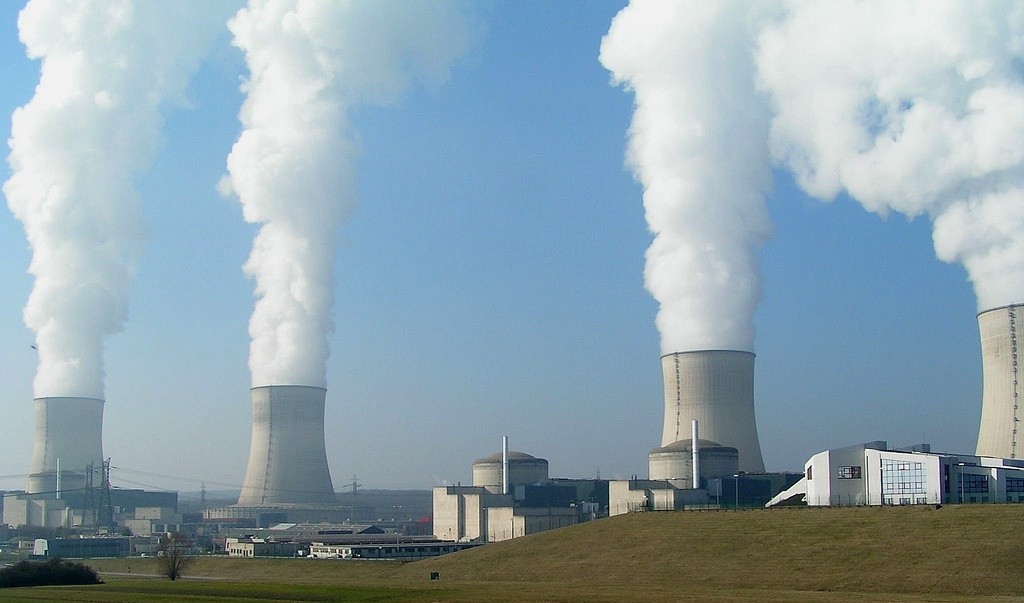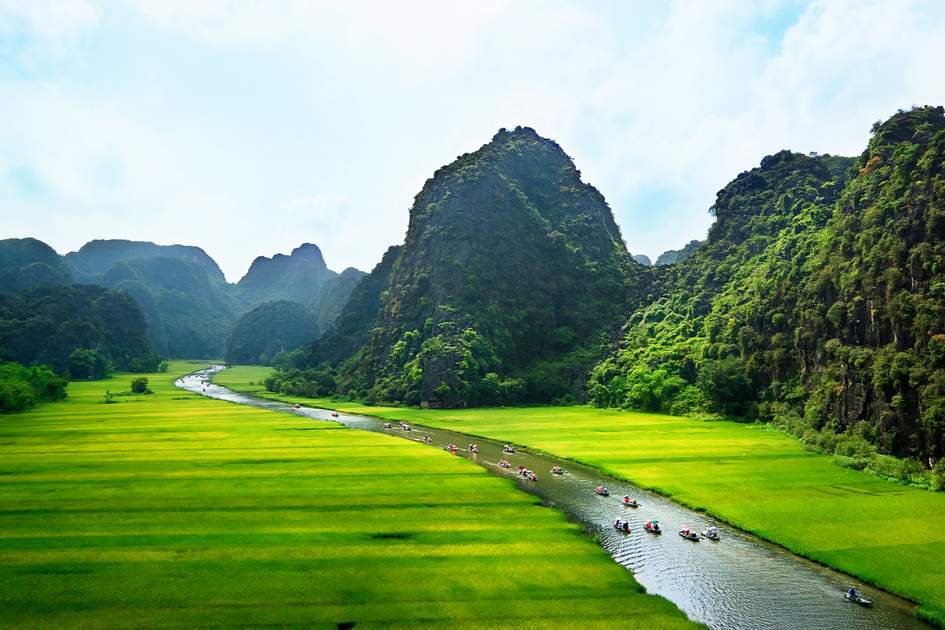So, last week I attended a meeting held at Can Tho University entitled ‘Sustainable Uses of Mekong Water Resources’. With Can Tho sitting squarely in the middle of the Mekong Delta, and suffering dreadfully from the current drought, the debate was highly emotional. And often very loud.
Participants acknowledged El Niño and climate change as two variables responsible for the absence of rain. But most of the ire was directed at mainstream dams north of the delta.Mainstream dams. South of the China border, none of these are complete, and just two are under construction. The Laotian dams were certainly focussed upon, but most of the concern was with the Chinese dams. Recently, China has released a considerable quantum of water from their dams, with the stated aim of assisting their drought-stricken neighbours to the south. The reasons for these releases were treated with scepticism. Participants argued that these were either ‘normal releases’, or otherwise done to enable heavy-draft Chinese shipping within the Golden Triangle, or perhaps to signify good-will associated with the concurrent launch of the Chinese-inspired Lancang-Mekong Cooperation.
Rivers as systems
My presentation focussed on what I call ‘whole system thinking’. If the Mekong is to be regarded as a system (which, indeed, it is), then we have to understand that interventions in one part of the system will result in vibrations across the system as a whole. I queried the focus on mainstream dams. Why controversies over the river are so preoccupied with these is unclear. The only operational mainstream dams are in China; the two Laotian ones are still under construction. In any case, while the Chinese dams are reservoir dams, the Laotian dams are run-of-river, meaning that while water to the Mekong Delta may be delayed by a few days, it will arrive. This preoccupation on mainstream dams is perplexing if we think about the system as a whole. A whole system approach assumes that tributary dams are as relevant as mainstream ones, something which Guy Ziv and his colleagues have, I think, demonstrated well.
I tried to show this by focussing on small hydropower. In the development of our dams database for the Greater Mekong, we have scoured the region looking for dams using Google Earth. Small dams are often hard to detect on Google Earth, so we set a limit of identifying only those dams of 15 MW installed capacity or above. But nevertheless we have discovered many, many of these small dams. Thomas Hennig’s work on small hydropower on Yunnan tributaries, and the concentrations he identified are staggering. Similar concentrations can be found on Vietnamese Red River tributaries.
When decision-makers decide upon whether or not to go ahead with a dam, I argued, they tend to think about the pros and cons of the individual dam. In the dam illustrated (an irrigation dam in Central Laos), I imagined that they would have thought about the irrigation values, the water supply values (for domestic consumption), and perhaps fisheries and wetland values. But when one small dam is one of 2,492 other small dams and weirs in the Xebang Hieng catchment, then it is not so innocent. Combined, these dams send out immense vibrations across the system.

Participants in the meeting were also concerned about sediment flows. It’s an important point, and for populations in the Mekong Delta, cause for grave concern. Dams are, after all, very good at trapping sediment. Large amounts of sediment are derived from China, and in this respect, participants were right to raise concerns. But large amounts of sediment are also derived from Vietnam’s Central Highlands, where the country has built plenty of dams. Indeed, it’s estimated that the damming of the Lancang-Mekong in China and the so-called 3S river system in Vietnam will reduce sediment loads in the system as a whole by 50% (Source).
Everyone needs to take responsibility
National boundaries rarely respect system boundaries, which in turn means that a country that shares a system has to understand its place within it and its contributions to system dynamics. It’s not okay, I argued, for one country in a system to decry the activities of other countries sharing the same system when its own house is not in order.
More than any country in the basin – by virtue of being both an upstream and a downstream country – Vietnam needs to adopt whole system thinking: of placing their dams within the context of basin-wide ecologies, hydrologies and hundreds of other dams, and thinking about therepercussions of not just its own dams on its own Delta populations and ecologies, but of all dams in the basin. Large or small. The other Mekong countries also need to do this. But as long as they continue to focus on one-dam EIAs, and the merits of single dams, the kinds of collaboration and cooperation one would expect to see emerge from whole system thinking won’t happen.
Written by Kim Geheb, Regional Coordinator for WLE Greater Mekong
Lead image: From a presentation on “Implications of not constructing sustainable hydro – Lessons Learned from USA and Australia,” delivered at the Lao Fishway and Hydro Workshop, January 2012, Lao Aquatic Resources Research Institute, Vientiane, Lao PDR.Photo Credit: Lee Baumgartner and Garry Thorncraft/WLE Greater Mekong.




